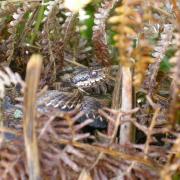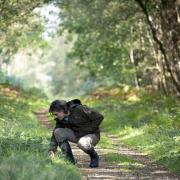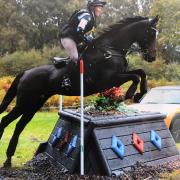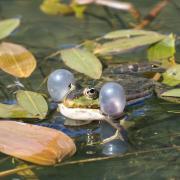BBC Radio 4 has recently been running a series called Shared Planet, of which I have become a great devotee. Presented by Monty Don, the programmes look at different aspects of how wildlife can co-exist with an ever-expanding, all-consuming human population.
One edition particularly caught my attention; it was about wildlife conflict and what happens when humans and wildlife come up against each other competing for the same space. It was interesting that one contributor made the point that wildlife doesn’t have a conflict with humans; it is purely a one-sided issue. Animals don’t think about it; what they are interested in is finding enough food, finding a safe and viable habitat in which to breed and survive, and mating, passing on their genes to the next generation.
An example was given that highlights the problem that occurs throughout the world, but particularly in communities in the expanding populations of Asia and Africa. One of the most iconic and threatened species in the world is the snow leopard, a species that so many people would absolutely love to see but its scarcity and the fact that it lives in remote and inaccessible environments means that few people get the opportunity.
Some researchers of snow leopards were called to a village in the Himalayas and shown a video of one of these majestic animals being savagely beaten to death by the villagers, uncomfortable viewing to say the least and an absolute travesty to kill such an animal this way. It turned out that this particular animal had just slaughtered 28 of a local herdsman’s animals, all of his livestock in fact, and he was left with absolutely nothing. There was no social security net to support him and his family; he would have to rely on the kindness of his very poor neighbours to survive. Ironically, the snow leopard is revered by the peoples of this mountainous area, but this animal had now got a taste for livestock and discovered how easy it was to hunt, so the villagers had to do something about it before all their animals were lost. This scenario is increasingly more common across the globe.
I asked Jess Price, who runs WildCall, the Sussex Wildlife Trust Information Service, what were the most common enquiries regarding conflict between people and wildlife in Sussex, and complaints about foxes won hands down. In particular those coming into our towns, digging up gardens, creating a mess, frightening the dog, cat or children. Badgers, gulls, pigeons and snakes all featured in the complaints as well, as species that people found annoying or basically didn’t want around.
Our perception of conflict here in Sussex is very different to those in the Himalayas and elsewhere. Our livelihood and very existence is not threatened by the wildlife; we just view it as a nuisance and we’d rather it wasn’t there. We also have a very ambivalent attitude – we like to encourage hedgehogs but not foxes, put out food for blue tits and great tits but don’t like it when sparrowhawks occasionally come in and pick one off. We make a conflict out of the situation whether there is one or not.
Difficult interactions between wildlife and people are here to stay. There are examples around the world where some of these areas of conflict have been overcome, where a balance between wildlife and people has been reached. The programme also concluded that wildlife conservation is, in fact, a people problem. As I have stated, wildlife conflict doesn’t exist as far as the wildlife is concerned; it is only when people come into the frame that it becomes an issue.
-------------------------------------------------------
Sussex Wildlife Trust
Woods Mill, Henfield, West Sussex, BN5 9SD, 01273 492630 www.sussexwildlifetrust.org.ukWildCall (wildlife information service); 01273 494777


























